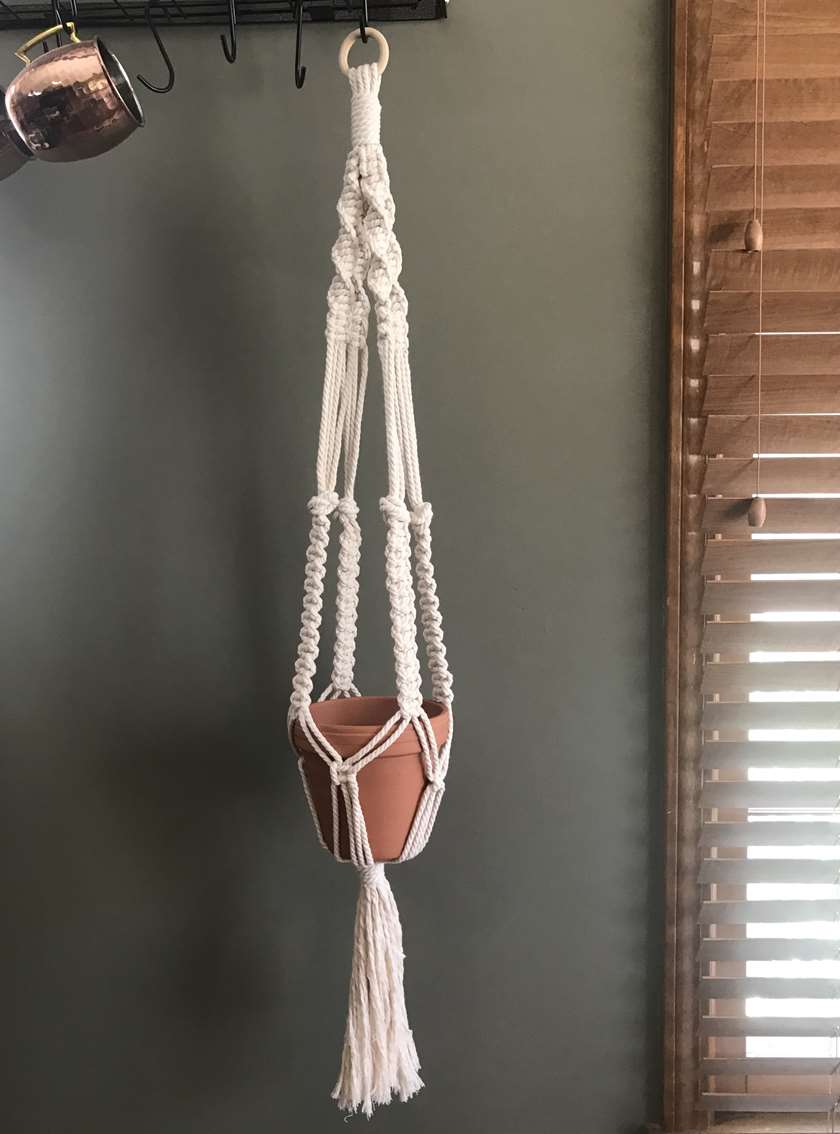No Way, Macramé!
If you've ever been to a home decorated in 70's decor, you've probably seen some form of macramé! This handcraft is a form of textile design centered around knotting techniques, as opposed to weaving or knitting. But what's the history of this iconic decor?

In the most basic definition, macramé is a handicraft made of repeated, tied knots, as opposed to looming or knitting. It tends to revolve around square knots and 'hitching' to form a wide array of designs, patterns and products. While we may think of it as a trend of the 70's, it actually has roots as far back as the Babylonians and Assyrians between 18th and 6th century BC. That's a loooong history!
While the precise etymology is up for debate, historians believe it may come from the Arabic term miqramah, meaning 'striped towel' or 'embroidered veil'. It has also been argued to come from the Turkish word makrama, meaning 'towel'. The knotted fringe was used to keep flies off livestock and camels in both cultures, so both have strong cases. The art spread throughout Europe, eventually making its way to England where Queen Mary II taught it to her ladies-in-waiting. It experienced a boom in popularity in the Victorian era, where both fine ladies and weatherworn sailors alike practiced the craft.
While it fell out of popularity again in the 1980's, we can't help but think of how darn cute it is! There's something very pleasant about creating something beautiful and useful with nothing but twine and a deft hand! We're jumping on the craft's slowly buffeting popularity and teaching a class on it in the next month! While it's not elaborate wall-hanging, we think a plant hanger is a good place to start and learn the basics!
Come on down and learn a fun new skill with us! https://www..../event/398421

